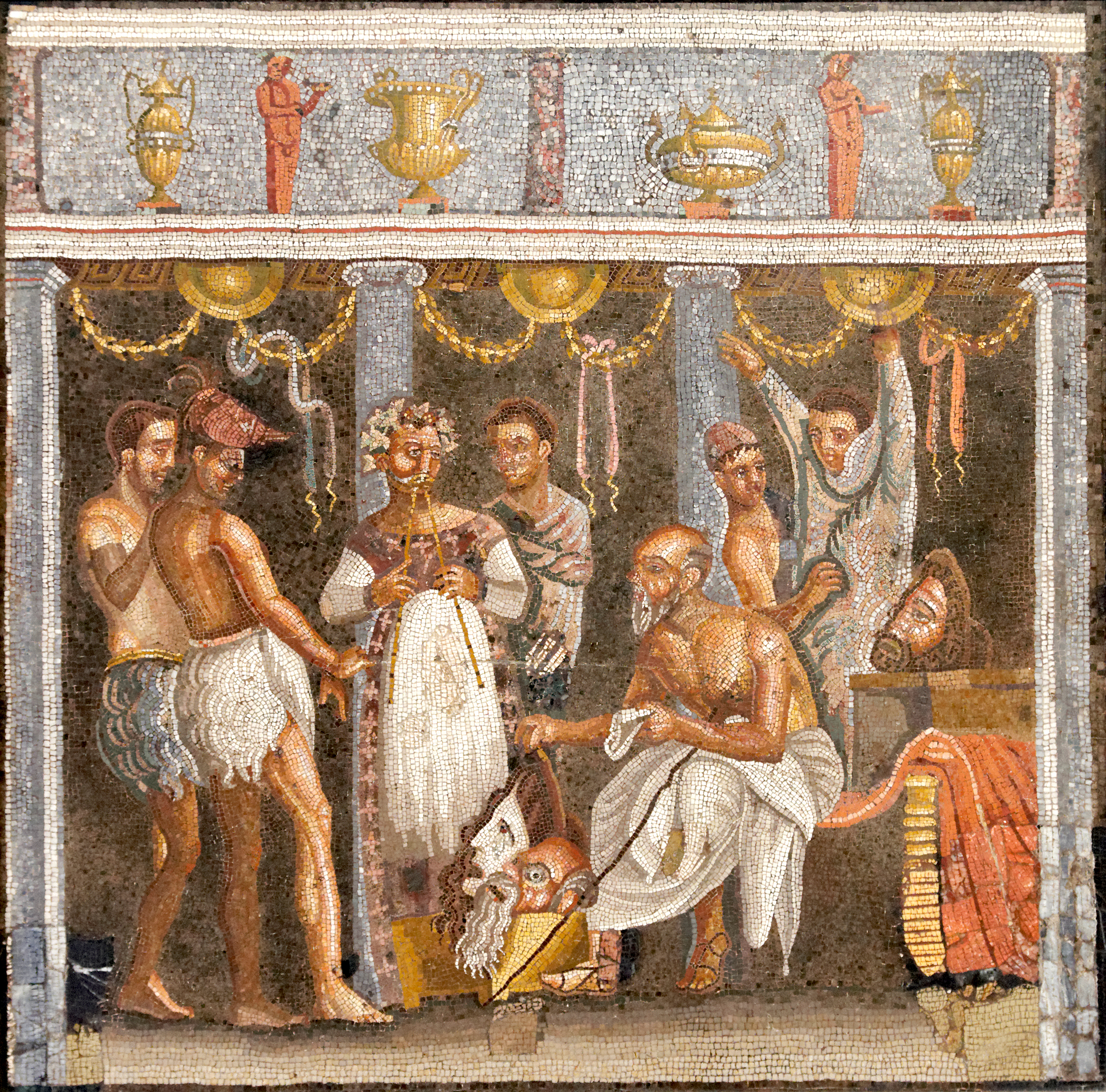
Theatre of ancient Rome
The architectural form of theatre in Rome has been linked to later, more well-known examples from the 1st century BC to the 3rd Century AD.[1] The theatre of ancient Rome referred to a period of time in which theatrical practice and performance took place in Rome. The tradition has been linked back even further to the 4th century BC, following the state’s transition from monarchy to republic.[1] Theatre during this era is generally separated into genres of tragedy and comedy, which are represented by a particular style of architecture and stage play, and conveyed to an audience purely as a form of entertainment and control.[2] When it came to the audience, Romans favored entertainment and performance over tragedy and drama, displaying a more modern form of theatre that is still used in contemporary times.[2]
'Spectacle' became an essential part of an everyday Romans expectations when it came to theatre.[1] Some works by Plautus, Terence, and Seneca the Younger that survive to this day, highlight the different aspects of Roman society and culture at the time, including advancements in Roman literature and theatre.[1] Theatre during this period of time would come to represent an important aspect of Roman society during the Republican and Imperial periods of Rome.[1]